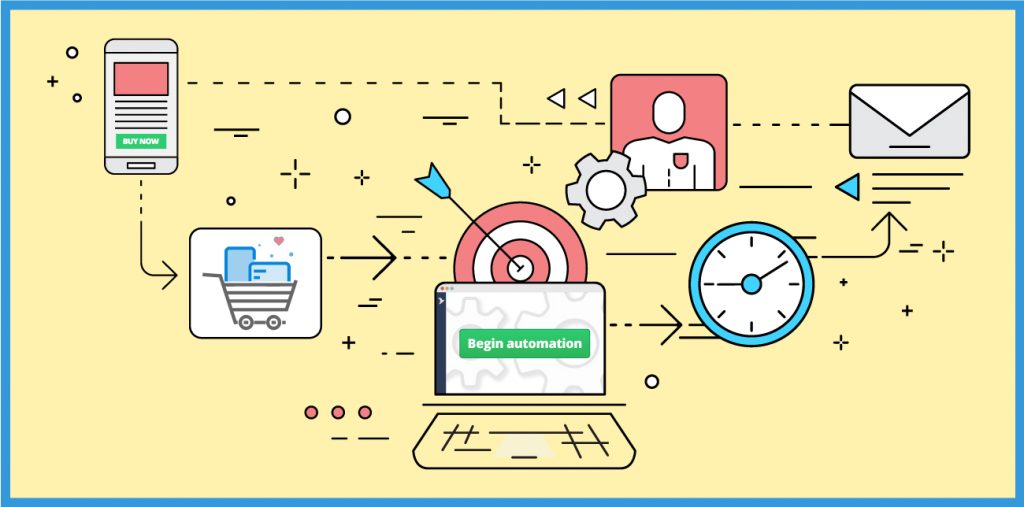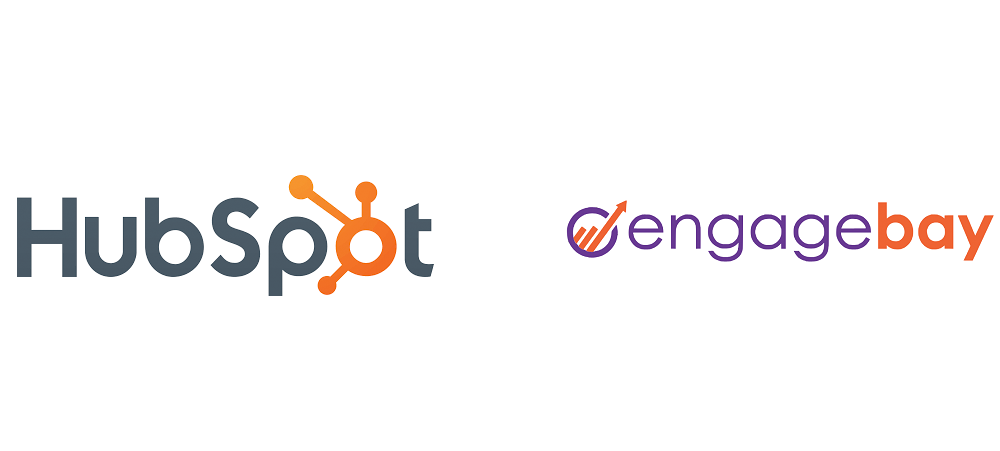
Best Practices for Automated Marketing Campaigns: Essential Tips for Small Businesses
Best Practices for Automated Marketing Campaigns: Essential Tips for Small Businesses
In today's fast-paced digital landscape, small businesses are constantly seeking ways to enhance their marketing efforts without overextending resources. Enter automated marketing campaigns, a game-changer for businesses like personal trainers, restaurants, and beauty salons. These campaigns not only streamline marketing processes but also ensure consistency and personalisation, enabling small businesses to punch above their weight in the competitive market.
Understanding Automated Marketing Campaigns
Automated marketing campaigns are strategies that use software to automate repetitive marketing tasks such as email campaigns, social media scheduling, and customer segmentation. By leveraging automation, small businesses can manage their marketing efforts more efficiently, saving valuable time and resources.
The Importance for Small Businesses
For small business owners, automation offers scalability, allowing them to expand their marketing reach without the need to increase their team size. Consider a small coffee shop that uses automation to send loyalty program emails or a clothing store that triggers abandoned cart notifications. These automated actions keep customers engaged and drive conversions, all without requiring daily manual input.

Key Components of Successful Automated Campaigns
To maximise the effectiveness of automated marketing campaigns, small businesses need to focus on several key components:
Audience Segmentation
Segmentation involves dividing your customer base into distinct groups based on shared characteristics, such as purchasing behaviour or demographics. By tailoring messages to specific segments—like VIP customers or frequent buyers—businesses can increase engagement and conversion rates. Personalisation is critical; avoid generic messages and instead craft content that resonates with each segment's unique needs and interests.
Personalised Messaging
Hyper-personalisation is more than addressing a customer by name. It involves delivering content that aligns with a customer's past behaviour and preferences. For example, automated emails featuring dynamic content based on past purchases can significantly boost engagement. Implementing tools that auto-adjust email content according to customer data ensures messages are relevant and timely.
Multi-Channel Integration
In today's digital age, customers interact with brands across multiple platforms. Successful campaigns integrate these channels—such as email, SMS, and social media—into a cohesive strategy. This omnichannel approach ensures consistent messaging and customer interactions, increasing the likelihood of conversion.
Tips for Implementing Automated Marketing Strategies
Implementing an effective automated marketing campaign involves strategic planning and execution. Here are some actionable tips for small businesses:
Choose the Right Tools: Select platforms that offer comprehensive support and are easy to integrate. Tools like EngageBay or HubSpot provide user-friendly interfaces and robust onboarding assistance, helping small businesses avoid the pitfalls of complex systems.

Set Clear Goals: Define what you want to achieve with your automated campaigns—whether it's lead nurturing, increasing sales, or boosting customer retention. Establish KPIs such as open rates and conversion rates to measure success.
Monitor and Adjust: Automation does not mean "set it and forget it." Continuously monitor your campaigns and use A/B testing to refine strategies. This ensures your marketing efforts remain effective and responsive to changing customer behaviours.
Avoid Over-Automation: While automation can enhance efficiency, over-reliance can lead to impersonal customer interactions. Balance automation with personal touches to maintain a strong brand-customer relationship.
Utilise Predictive Analytics: Predictive analytics can forecast customer behaviour based on historical data, allowing businesses to tailor their messaging accordingly. This proactive approach can significantly enhance customer engagement and conversion rates.
Enhancing Customer Engagement Through Automation
Effective customer engagement is crucial for business growth, and automation plays a pivotal role in achieving it.
Lead Nurturing
Automated drip campaigns, which send a series of targeted emails over time, are highly effective in nurturing leads. For instance, a welcome email followed by a discount offer can increase the likelihood of purchase. Similarly, abandoned cart emails can remind customers of their interests, encouraging them to complete their transactions.
Social Media Automation

Automating social media posts and interactions, like using chatbots for instant customer queries and bookings, ensures consistent engagement without additional workload. This can be especially beneficial for businesses with limited social media management resources.
Performance Analytics
Using tools that automatically generate reports on campaign performance can help businesses identify trends and adjust strategies accordingly. This data-driven approach allows for continuous improvement and optimisation of marketing efforts.
Conclusion
Automated marketing campaigns offer small businesses the opportunity to enhance their marketing efforts through efficiency and personalisation. By understanding the key components and implementing best practices, businesses can significantly improve customer engagement and drive growth. If you're ready to transform your marketing strategy, contact EffIn Systems for tailored automated marketing solutions designed to meet your unique business needs.